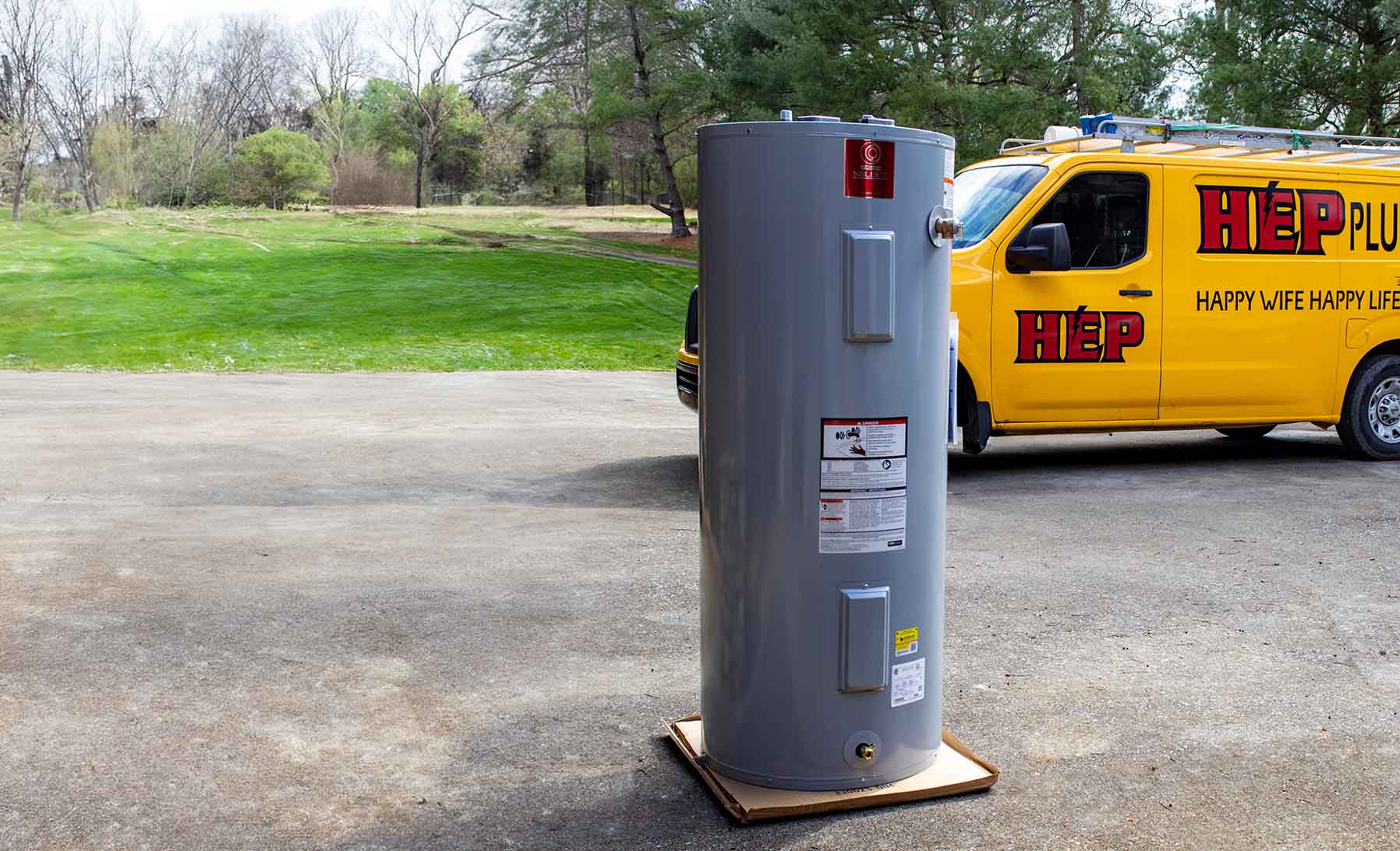

Energy Efficiency
Your trusted partner for professional home services. Quality workmanship, guaranteed satisfaction.




- HEP
- Energy Efficiency
Energy Efficiency | Tank Water Heater | Plumbing | Oakdale
When Oakdale homeowners think about slashing utility bills without sacrificing comfort, they turn to HEP’s energy-efficiency pros. Our specialists evaluate your existing tank water heater, pinpoint energy drains, and recommend high-performance replacements or smart retrofits that fit your family’s demand and budget. With upgraded insulation, precision thermostats, and eco-friendly components, we help your system heat faster, lose less heat, and work a lot less hard—so you can enjoy piping-hot showers while watching the savings add up.
Choosing HEP means straightforward pricing, same-day installations, and courteous technicians who respect your home as if it were their own. Whether you need routine maintenance or a brand-new tank water heater, we deliver dependable hot water and lower energy costs all year long, backed by a satisfaction guarantee trusted across Oakdale. Give us a call today and feel the HEP difference every time you turn on the tap.
FAQs
How does an energy-efficient tank water heater differ from a standard model?
High-efficiency tank water heaters use better insulation, high-performance burners or heating elements, and sophisticated controls to reduce standby heat loss and improve heat transfer. In practical terms, this means they reach the set temperature more quickly, cycle on less often, and waste less energy while the water is sitting in the tank. Energy Factor (EF) or Uniform Energy Factor (UEF) ratings for efficient models are typically 0.64–0.72 for gas and 0.93 or higher for electric, compared with 0.58–0.62 and 0.90 for conventional units.
What size tank water heater do I need for my Oakdale home?
Sizing is based on household demand, not square footage. The key metric is the first-hour rating (FHR), which combines tank capacity with recovery rate. For most Oakdale households, the guidelines are: • 1–2 people: 30–40 gallons (FHR ≈ 50–55 gal) • 2–4 people: 40–50 gallons (FHR ≈ 55–65 gal) • 4–6 people: 50–60 gallons (FHR ≈ 65–75 gal) • 6+ people or high-demand fixtures (soaking tubs, multi-head showers): 66–80+ gallons (FHR 80 gal+) Our technicians perform a usage audit that factors in simultaneous appliance use, peak shower times, and any future household expansion before recommending a model.
How much can I save on utility bills by upgrading to a high-efficiency tank water heater?
Savings vary by fuel type, local energy rates, and household usage. In Oakdale, where natural-gas rates average about $1.40/therm and electricity is around 17¢/kWh, homeowners who switch from a standard to a high-efficiency gas tank unit often save $25–$40 per year, while those upgrading an older electric tank can save $30–$60 annually. Over the 10- to 12-year life expectancy of the heater, that equates to $250–$600, often offsetting the small upfront cost difference.
Are there rebates or incentives in Oakdale for installing an energy-efficient tank water heater?
Yes. The federal Energy Efficient Home Improvement Credit now covers 30 % of the project cost, up to $600 for ENERGY STAR-certified gas or electric storage water heaters installed after Jan 1, 2023. Locally, Xcel Energy and Minnesota Energy Resources (if you’re in Oakdale, MN) or PG&E (if you’re in Oakdale, CA) frequently offer utility rebates between $50 and $150 for qualifying high-efficiency units. Our office will identify current programs, complete the paperwork, and submit proof of installation so you receive any available incentives hassle-free.
How long does installation take and what should I expect during the process?
A like-for-like replacement typically takes 2–3 hours, including draining the old unit, making plumbing and gas/electrical connections, and hauling the tank away. If we’re adding seismic strapping, expansion tanks, or condensate drains for a condensing model, plan for 3–4 hours. You’ll have no hot water only during the swap-over window. Our crews protect flooring, wear shoe covers, and follow Oakdale code requirements for venting, temperature-pressure relief valves, and backflow prevention.
How do I maintain my energy-efficient tank water heater to keep it performing well?
1. Flush the tank annually to remove sediment, which insulates the burner element and lowers efficiency. 2. Test the temperature-pressure relief (TPR) valve every 12 months. 3. Inspect and, if needed, replace the anode rod every 3–5 years to prevent internal corrosion. 4. Check venting (gas) or wiring (electric) for secure connections. 5. Keep the thermostat at 120 °F for efficiency and scald prevention. We offer low-cost maintenance plans that include these services and extend the manufacturer’s warranty where applicable.